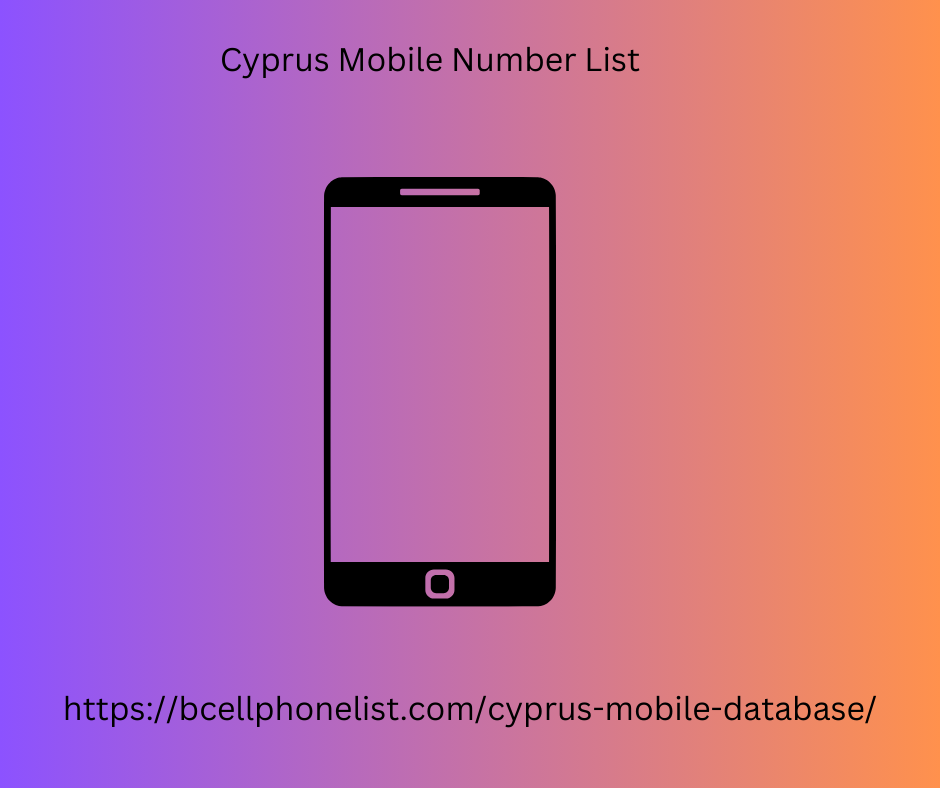|
|
The second step of route planning is to plan subsequent versions . The priority of function launch is: basic functions > core functions > paid functions > extended functions. This priority is the basis for version planning, and it also needs to be adjusted according to the actual situation.For example, the difficulty of development, the more difficult it is to develop, the lower the priority; for example, the user's audience, the function with a wider audience has a higher priority; for example, the user's preference, determine the functions that the user may like and then adjust its priority.After determining which functions need to be launched in which version.
You can proceed to the third step of route planning: function splitting .It is difficult to launch a complete function in one version. Basically, the core function is first, and then the function is supplemented and improved through Cyprus Mobile Number List iteration.In addition, some functions still need to complete prerequisites before they can be launched. For example, a core function with low penetration rate will make it difficult for users to accept new usage habits in a short period of time.

Therefore, functions need to be split and put online again to subtly affect user perception.For example, a user of paid functions may find it difficult to accept the transition from free to paid for a while.warmed up first to give users time to adapt.The last step is to consider the risks that may be encountered and formulate corresponding policies after determining which version meets the user's needs. Risks are divided into internal risks and external risks: internal risks mainly include organizational risks, technical risks, and financial risks; external risks mainly include market risks, competition risks, regulatory risks,
|
|